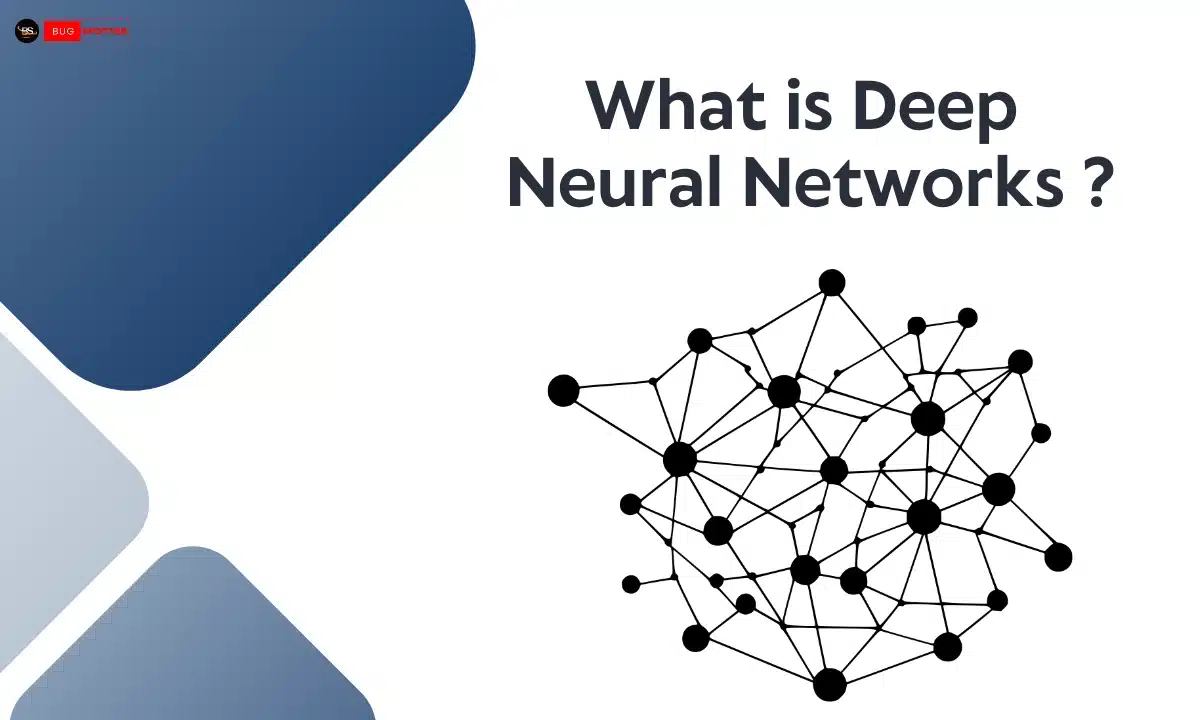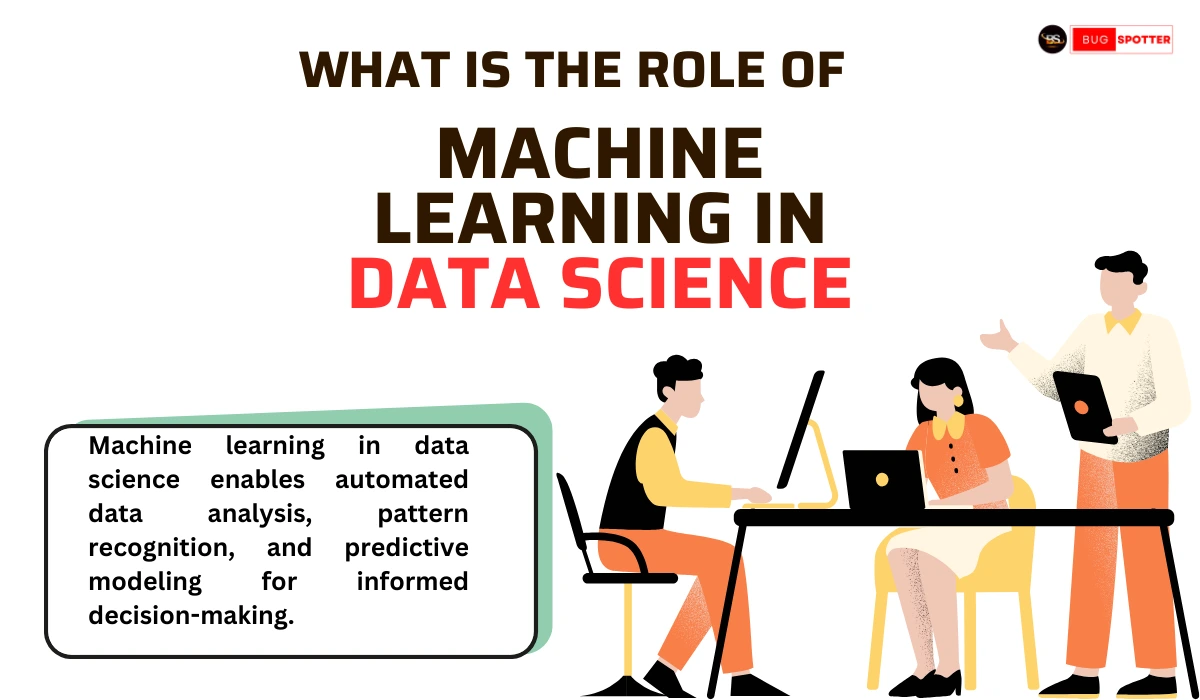Databricks Interview Questions For Data Engineer

Table of Contents
Databricks Interview Questions
1. What is Databricks and how does it work with Apache Spark?
Databricks is a cloud-based unified data analytics platform that provides a collaborative environment for big data and AI workloads. It integrates with Apache Spark to offer a managed platform where users can run Spark clusters, perform large-scale data processing, and build machine learning models.
Databricks simplifies the complexities of setting up Spark clusters by handling infrastructure, scaling, and performance optimization automatically.
2. How do you create a cluster in Databricks?
To create a cluster in Databricks:
- Go to the Databricks workspace.
- Click on Clusters in the sidebar.
- Click the Create Cluster button.
- Choose the cluster configuration:
- Select Databricks runtime version (usually pre-configured for Apache Spark).
- Set the number of workers, autoscaling, and the cluster’s region.
- Click Create to launch the cluster.
Once the cluster is created, you can run your notebooks or jobs on it.
3. What is Delta Lake and how does it help in Databricks?
Delta Lake is an open-source storage layer that provides ACID (Atomicity, Consistency, Isolation, Durability) transactions on top of existing data lakes. It helps Databricks users by offering:
- Schema enforcement: Ensures that the data being written matches the expected schema.
- Time travel: Allows querying historical versions of data.
- Data reliability: Ensures consistent reads and writes.
- Scalability: Handles large datasets efficiently.
4. What is the difference between an RDD and a DataFrame in Spark?
- RDD (Resilient Distributed Dataset): Low-level abstraction in Spark that represents an immutable distributed collection of objects. It’s fault-tolerant but doesn’t offer optimizations like Catalyst or Tungsten (used in DataFrames).
- DataFrame: A higher-level abstraction that provides optimizations and SQL-style operations. DataFrames offer a schema, optimized execution, and more expressive APIs compared to RDDs.
- Key difference: RDDs are more flexible but less optimized, while DataFrames are higher-level, more optimized, and easier to work with for most data tasks.

5. How do you monitor and manage Spark jobs in Databricks?
Databricks provides a Job UI where you can track the status of jobs, view logs, and check the performance of your Spark jobs. You can also set up alerts to monitor failures and slow executions.
- Go to Jobs in the Databricks sidebar.
- You can see the list of jobs and their status (running, succeeded, failed).
- Click on a job to view its details, logs, and any relevant error messages.
6. How can you make a Spark job run faster in Databricks?
To speed up Spark jobs in Databricks:
- Use DataFrames instead of RDDs (they’re optimized).
- Avoid wide transformations (like
groupBy) which require shuffling. - Partition data properly using
.repartition()or.coalesce(). - Cache intermediate results when performing multiple actions.
- Broadcast small datasets to reduce shuffling.
7. How do you use version control in Databricks notebooks?
Databricks supports Git integration for version control. You can link your notebooks to GitHub, GitLab, or Bitbucket.
- Go to Repos in the sidebar.
- Click Create Repo and link to your Git repository.
- You can commit changes directly from within Databricks notebooks.
8. How does Databricks ensure data security?
Databricks provides security at multiple levels:
- Authentication: Integrated with identity providers like Azure Active Directory (AAD), AWS IAM, and single sign-on (SSO).
- Authorization: Role-based access control (RBAC) for managing permissions on notebooks, clusters, and other resources.
- Data encryption: Supports encryption in transit (TLS) and at rest.
- Audit logging: Databricks logs user actions for monitoring and auditing purposes.
9. What is MLflow, and how is it used with Databricks?
MLflow is an open-source platform for managing the end-to-end machine learning lifecycle, including:
- Tracking experiments (logging metrics, parameters, and models).
- Model packaging for deployment.
- Model registry to store and organize models.
In Databricks, MLflow is integrated natively, and you can use it for experiment tracking and model management.
10. What would you do if a Spark job fails in Databricks?
- Check the logs: The first step is to examine the logs in the Driver Logs and Executor Logs.
- Identify common errors: Look for errors like out-of-memory issues, data skew, or missing files.
- Optimize your code: If it’s a performance issue, consider optimizing partitions or using caching.
- Re-run the job: After making necessary fixes, re-run the job.
11. What are the benefits of using Databricks over other platforms?
- Fully managed Spark clusters with auto-scaling.
- Integrated workspace for collaboration on notebooks, dashboards, and jobs.
- Delta Lake for reliable data lakes with ACID transactions.
- Easy integration with AWS, Azure, and GCP.
- Optimized Spark performance and features like caching and auto-tuning.
12. How can you do real-time streaming in Databricks?
Databricks supports structured streaming for real-time data processing.
13. Why is partitioning important in Databricks?
Partitioning helps optimize data processing by ensuring that data is split into manageable chunks. Proper partitioning reduces shuffling, speeds up queries, and improves overall performance.
14. How does Databricks connect to cloud services like Azure or AWS?
Databricks integrates seamlessly with cloud storage services like Azure Blob Storage, Amazon S3, and Google Cloud Storage. You can configure your clusters to mount cloud storage or access cloud data directly using paths.
15. How do you process data incrementally in Databricks?
You can process data incrementally using structured streaming and Delta Lake.
16. What are some good practices for team collaboration in Databricks?
- Use shared workspaces and notebooks for collaborative work.
- Use Git integration for version control.
- Leverage Databricks Repos for managing larger codebases and collaboration.
- Enable commenting and annotations in notebooks for easy communication.
17. How do you handle large data transformations in Databricks?
- Use Spark DataFrames instead of RDDs for optimized performance.
- Apply filtering and projection early to minimize data size.
- Persist intermediate results when necessary to avoid recalculating.
- Ensure proper partitioning to parallelize operations.
18. How do you schedule and automate tasks in Databricks?
You can schedule tasks in Databricks using the Jobs UI. Jobs can be triggered on a schedule or triggered by another job, and they can run notebooks, Python scripts, or JAR files.
Example:
- In the Jobs UI, create a job to run a notebook at specified intervals.
19. What is “time travel” in Delta Lake?
Time travel allows you to query historical versions of data in Delta Lake by using the versionAsOf or timestampAsOf options.

20. What are common performance issues in Spark, and how do you fix them in Databricks?
- Shuffle operations: Avoid wide transformations (e.g.,
groupBy,join) whenever possible. Use partitioning and broadcasting. - Skewed data: Repartition or use
saltingtechniques to evenly distribute data. - Memory issues: Increase executor memory or reduce the data size processed per job.
- Too many small files: Use Delta Lake to optimize file sizes and improve read performance.











